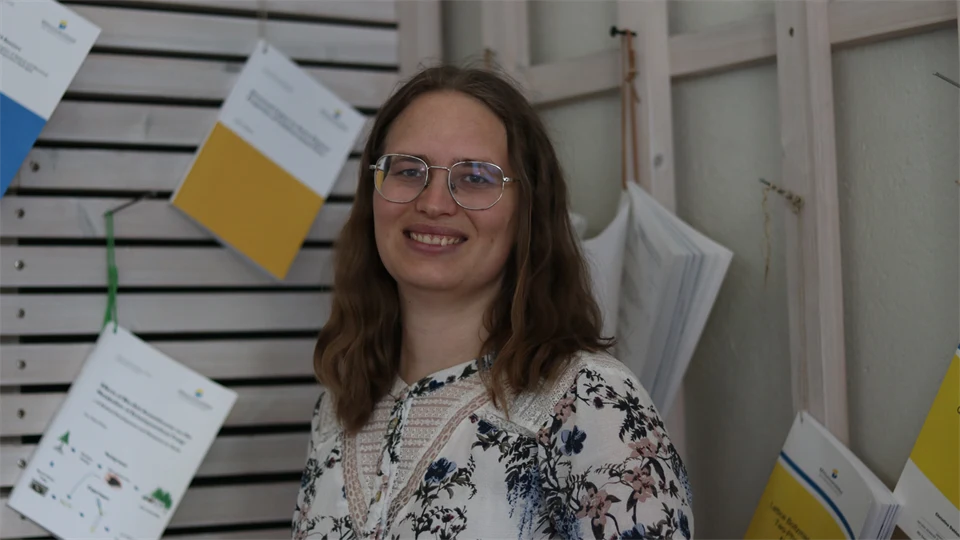Cellulose research paves the way for new applications
How can we understand and influence the cellulose molecule to produce properties that are useful in different applications? This has been the focus of Malin Nejström's research and the licentiate thesis that she successfully presented on 9 June.
In her research, Malin Nejström has studied what controls cellulose to have different properties, with the aim of closing knowledge gaps and contributing to insights about cellulose that can lay the foundation for new products and that more ideas about areas of use can be investigated.
"I tested how cellulose's so-called crystallinity, i.e. how the cellulose molecules are arranged, affected the properties of the material. Previous research suggested that the polarity of a solvent affected the molecules. But I could see that the polarity affected the crystallinity, which in turn affected the properties of the substance," says Malin Nejström.
In her research, she investigated two different variants of cellulose, regenerated cellulose where the material has been dissolved and then reshaped, and cellulose acetate butyrate (CAB) where a chemical substance is bound to the cellulose molecule. By forming thin films of the material, different properties have been investigated and compared. What has been seen is that depending on the amount of chemical substances you have added and depending on the length of the cellulose, you can get different properties.
"The focus was on what ranges of properties can be reached and what is required to achieve one or the other trait," says Malin Nejström.
Knowledge of properties for further research
To better understand what affects the properties of cellulose enables continued research into how the substance can be used in different applications. One example is as a more environmentally friendly alternative to plastic for food packaging. Another possible area is triboelectric nanogenerators, where energy is extracted from the electrical charge that occurs when two different materials rub against each other.
Malin Nejström works as a research engineer at Nouryon and in that assignment the research continues. A new discovery is that cellulose-based microballoons can be expanded through heat, and thus obtain a material with a very low density.
"It's an application that means that you get a material that weighs very little. It can be used to develop lighter equipment, sporting goods and filler materials that reduce weight very much, and now we can make it partly bio-based instead of fossil-based," says Malin Nejström.
